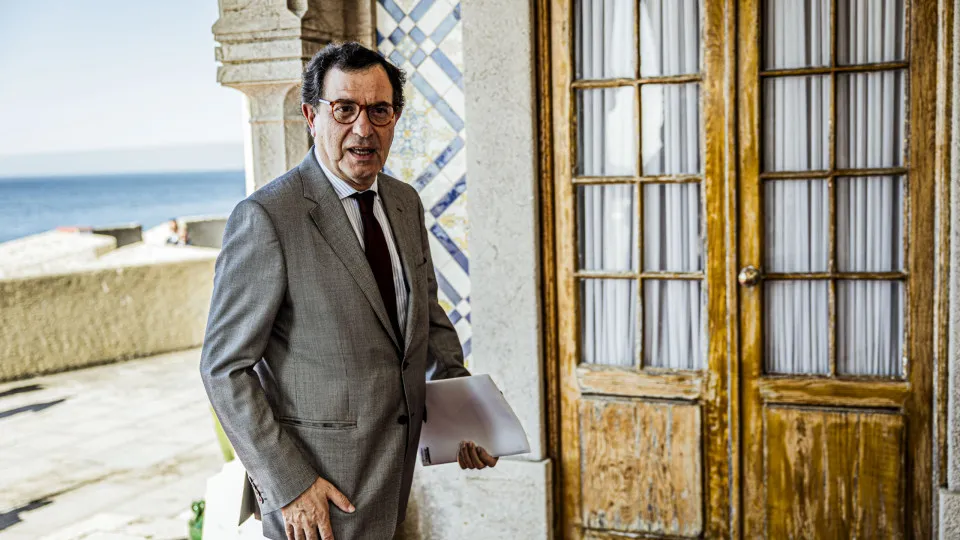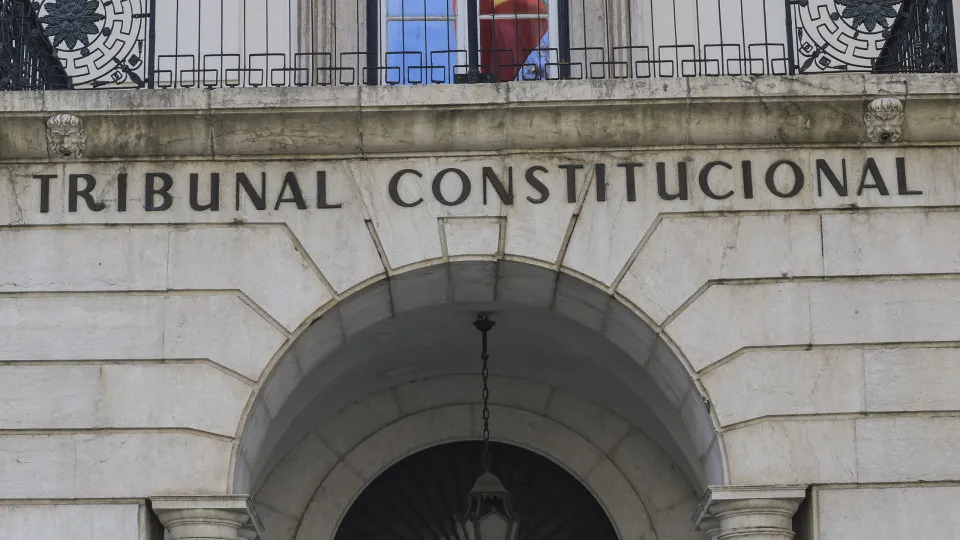
“Poultry and captive birds in premises, including domestic holdings, located in parishes included in the list of areas at high risk for bird flu should be confined to their respective accommodations to prevent contact with wild birds,” states the Directorate-General for Food and Veterinary (DGAV) in a notice.
This concerns the districts of Porto, Lisbon, Braga, Viana do Castelo, Aveiro, Leiria, Coimbra, Castelo Branco, Santarém, Setúbal, Évora, Beja, Portalegre, and Faro.
The risk of avian flu spread is currently high, warned DGAV on Tuesday.
The total number of outbreaks detected this year in Portugal stands at 31, with the most recent being found at a bird exhibition in captivity, located in the district of Aveiro, municipality and parish of Oliveira do Bairro, and in a captive bird establishment in the district of Santarém, municipality of Chamusca and the Union of Parishes of Parreira and Chouto, the director-general of Food and Veterinary signals in the notice.
These areas will remain under sanitary restriction until December 12 and 19, respectively, according to DGAV.
The director explains that “avian flu is a viral infectious disease that affects wild birds, poultry, and other captive birds,” with high pathogenic viruses causing “very high mortality, especially in poultry.”
This has “a significant impact on the health of domestic and wild birds, as well as on poultry production, since it leads to the suspension of the commercialization of live birds and their products in affected areas and can prevent the export of birds and products nationally.”
The notice identifies 95 areas where the risk of avian flu is high: in parishes of Alandroal, Albergaria-a-Velha, in Albufeira, Alcácer do Sal, Alcobaça, Alcochete, Alzejur, Almada, Alpiarça, Alvito, Arraiolos, Arronches, Aveiro, Barreiro, Beja, Benanvente, Caldas da Rainha, Caminha, Campo Maior, Cantanhede, Cascais, Castelo Branco, Castro Marim, Castro Verde, Chamusca, Coimbra, Condeixa-a-Nova, Constância, Coruche, and Elvas.
High-risk parishes also include Espinho, Esposende, Estarreja, Évora, Faro, Ferreira do Alentejo, Figueira da Foz, Golegã, Grândola, Idanha-a-Nova, Ílhavo, Lagoa, Lagos, Leiria, Lisbon, Loulé, Loures, Lourinhã, Mafra, Marinha Grande, Matosinhos, Mértola, Mira, Montemor-o-Velho, Montijo, Moura, Mourão, Murtosa, and Nazaré.
The same applies to Óbidos, Odemira, Oeiras, Olhão, Ovar, Palmela, Peniche, Pombal, Portel, Portimão, Porto, Póvoa de Varzim, Reguengos de Monsaraz, Salvaterra de Magos, Santarém, Santiago do Cacém, Seixal, Sesimbra, Setúbal, Sines, Sintra, Soure, Tavira, Tomar, Torres Novas, Torres Vedras, Vagos, Vendas Novas, and Viana do Castelo.
A similar situation affects Vidigueira, Vila do Bispo, Vila do Conde, Vila Franca de Xira, Vila Nova da Barquinha, Vila Nova de Gaia, Vila Real de Santo António, and Vila Viçosa.
Domestic birds in establishments located in high-risk areas, including domestic poultry and captive birds, must be confined.
In protection and surveillance zones, the movement of birds, the repopulation of game bird species, fairs, markets, and exhibitions, the movement of fresh meat and eggs for incubation and human consumption, as well as the movement of animal by-products, are prohibited.
DGAV is a central service of the direct administration of the State, with administrative autonomy.




